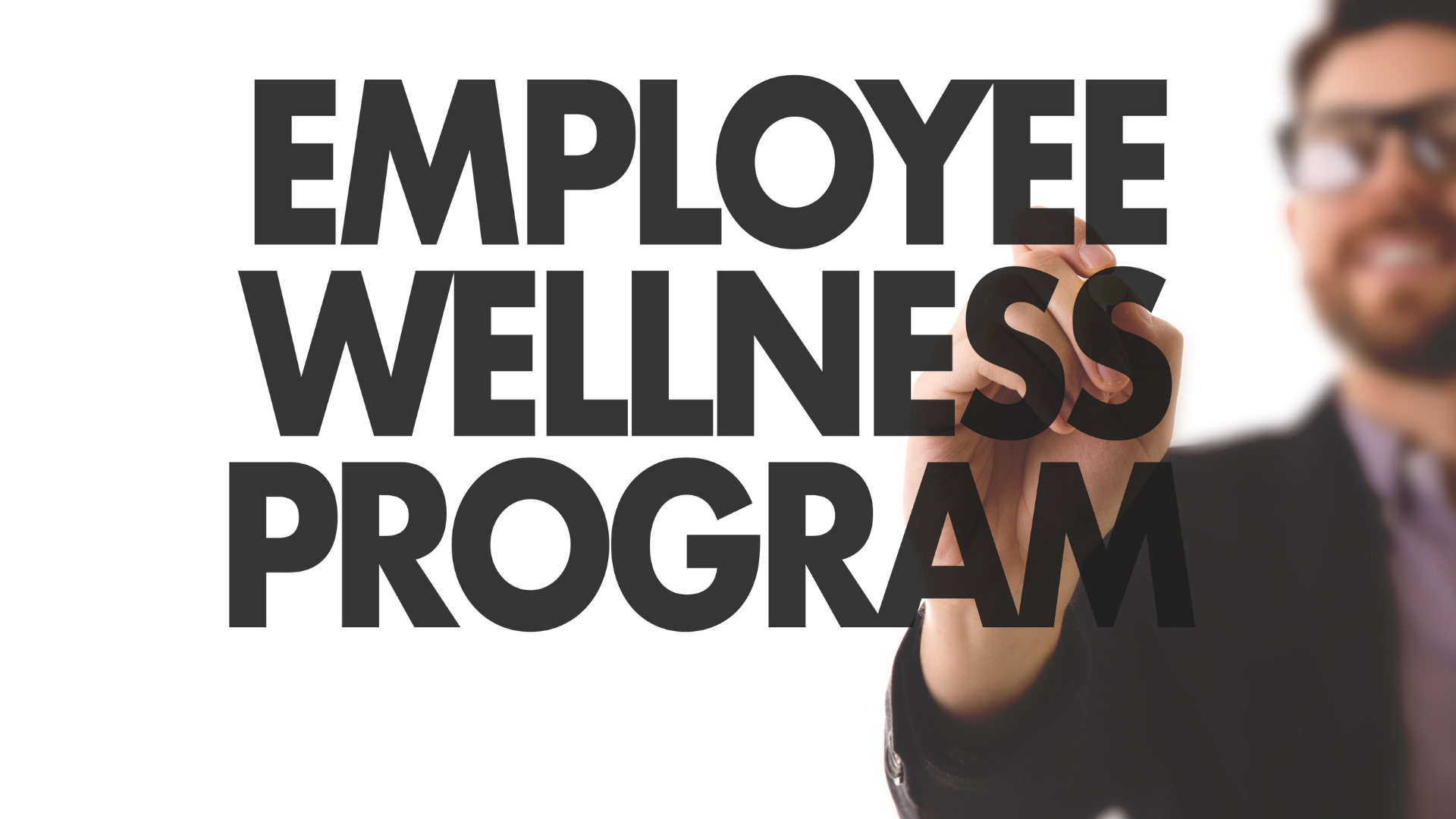I still remember the first time I worked in a team where I felt truly safe to speak my mind. There was no fear of being laughed at or ignored. I could share incomplete ideas, ask simple questions, and even disagree without worrying about judgment. That experience changed my understanding of teamwork. It showed me that psychological safety is not a feel-good concept. It is a foundational element that allows teams to thrive.
In fact, Google’s Project Aristotle, a two-year study involving over 180 teams, found that psychological safety was the number one factor that made great teams successful. More important than skill sets, experience, or structure, it was the sense of safety that made the real difference.
So, what does psychological safety really mean? And more importantly, how do we create it in our modern workplaces?
Let me share five powerful ways I have seen it happen, across teams, industries, and formats.
1. Invite Every Voice into the Room
Table of Contents
It is easy to say, “We have an open-door policy.” But in my experience, unless leaders actively encourage participation, most doors stay quietly closed. People often hesitate to speak, especially when they are new, different, junior, or unsure. Silence is the biggest enemy of psychological safety.
To change this, we need to go beyond being open. We need to be intentional. We need to design spaces where every voice is invited.
Here is what that can look like:
- Start meetings with round-robin updates so everyone speaks early
- Ask quieter team members directly for their opinions
- Encourage disagreement respectfully, without interruption
- Use anonymous digital channels for honest feedback
I once worked with a leader who began each team call with the question, “What is something we might be missing?” That one line made space for curiosity. It also told the team that every perspective mattered.
Takeaway: Safety begins when people see that their ideas are not only welcomed, but valued.
Also Read: How Leaders Can Foster Psychological Safety at Work
2. Talk About Stress and Mental Health, Openly and Often
Psychological safety does not exist in a vacuum. It is tied deeply to mental and emotional wellbeing. Teams that are constantly overwhelmed, disconnected, or afraid of being seen as “weak” will not speak up. That is why mental health awareness is not a side initiative. It is core to building safe, high-performing teams.
This does not mean turning every team meeting into a therapy session. But it does mean creating room to talk about the pressures people are facing. It means normalizing conversations about workload, burnout, and emotional fatigue.
Here are a few things I have seen work:
- Training leaders in mental health first aid
- Offering wellness days and encouraging people to use them
- Starting meetings with a quick “energy check” round
- Sharing personal practices for managing stress
One company I worked with added a five-minute “Wellness Check-In” to every leadership call. Over time, that simple practice made it easier for people to be real about their state of mind. And that honesty built trust.
Takeaway: When mental health becomes a visible priority, it removes the fear of being human at work.
3. Build a Culture of Learning, Not Blaming
Nothing kills safety faster than blame. When people are punished for honest mistakes or discouraged from taking risks, innovation dies. The workplace becomes more about protection than progress.
What we need instead is a learning mindset. One that treats mistakes as moments to grow, not reasons to hide. A culture where problems are examined with curiosity, not criticism.
Some ways to bring this to life:
- Replace “Who did this?” with “What can we learn from this?”
- Share your own leadership mistakes openly
- Celebrate bold attempts, even if they fail
- Conduct project retrospectives that focus on insight, not error
I remember a team that held a monthly “failure forum” where people could share experiments that did not work. Instead of shame, those sessions sparked laughter, insight, and often a new idea born from the old one.
Takeaway: People will not speak freely unless they know mistakes will be met with learning, not loss.
Also Read: Why Online Business Simulations Make Impactful Teaching Tools
4. Create Rituals of Connection, Not Just Coordination
One thing I have noticed consistently in safe teams is that people know each other beyond roles and responsibilities. They trust each other as humans. And that trust does not appear magically. It is built through small, regular acts of connection.
In remote and hybrid work settings, casual interactions have almost disappeared. This makes it even more important to design ways for people to connect intentionally.
Here are a few rituals I have seen work beautifully:
- Weekly “highs and lows” sharing
- Gratitude rounds at the end of meetings
- Storytelling sessions where people share their journeys
- Team journaling challenges around values or vision
These practices may feel simple, but they open doors to deeper understanding. When we know each other’s stories, we are more likely to listen, empathize, and support.
Takeaway: Real safety is not built in a one-time workshop. It is built slowly through repeated signals of care and connection.
Related Reading: Are Your Team Building Events Delivering the Desired Impact?
5. Balance Grit with Grace
There is a lot of talk today about resilience and mental toughness. And rightly so. In times of change, these qualities matter. But in my view, mental strength without psychological safety turns into silent suffering.
What we need is a balance. We need teams that can bounce back, yes, but also teams that know it is okay to bend when things feel heavy.
Here are some ways to cultivate this:
- Normalize rest and recovery as part of performance
- Share stories of overcoming adversity and how support played a role
- Offer tools to manage pressure without glorifying it
- Reinforce that asking for help is a strength, not a flaw
One powerful exercise I witnessed involved leaders sharing their most difficult professional moments in a team circle. That single session transformed the way the team related to each other. It turned resilience into something shared, not solitary.
Takeaway: True mental toughness includes knowing when to pause, reflect, and reach out.
Final Thoughts: What Silence Really Costs
When teams do not feel psychologically safe, they do not speak up. They hide mistakes. They avoid risks. They withhold feedback. And over time, they disengage.
But when people feel safe, they show up with their full selves. They offer ideas, challenge old ways, and support each other through change. They build not just better work, but a better workplace.
Psychological safety is not a single action. It is a culture built through consistent behavior, honest leadership, and deep respect.
If you are someone responsible for shaping learning or culture in your organization, I hope this gives you a fresh lens. And if you are part of a team that could use more openness, maybe this post helps you start that conversation.
The most powerful question a leader can ask is, “What is something you are not saying that I need to hear?”
Sometimes, asking that question is where safety begins.










